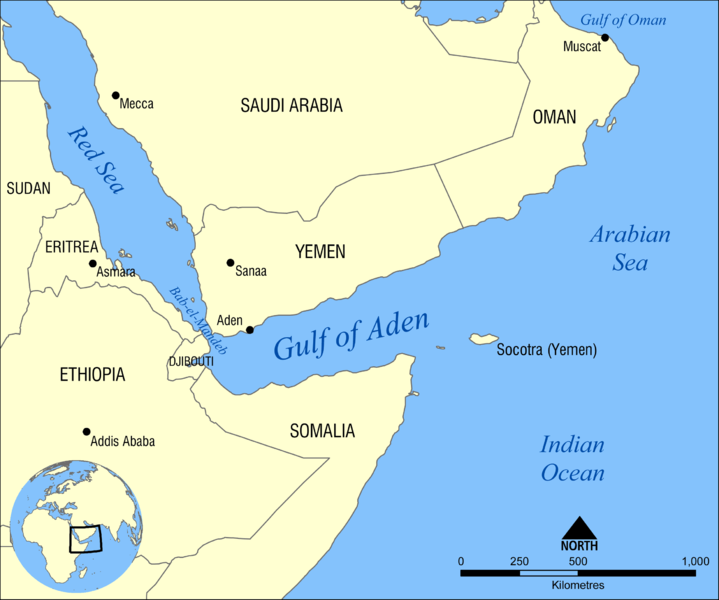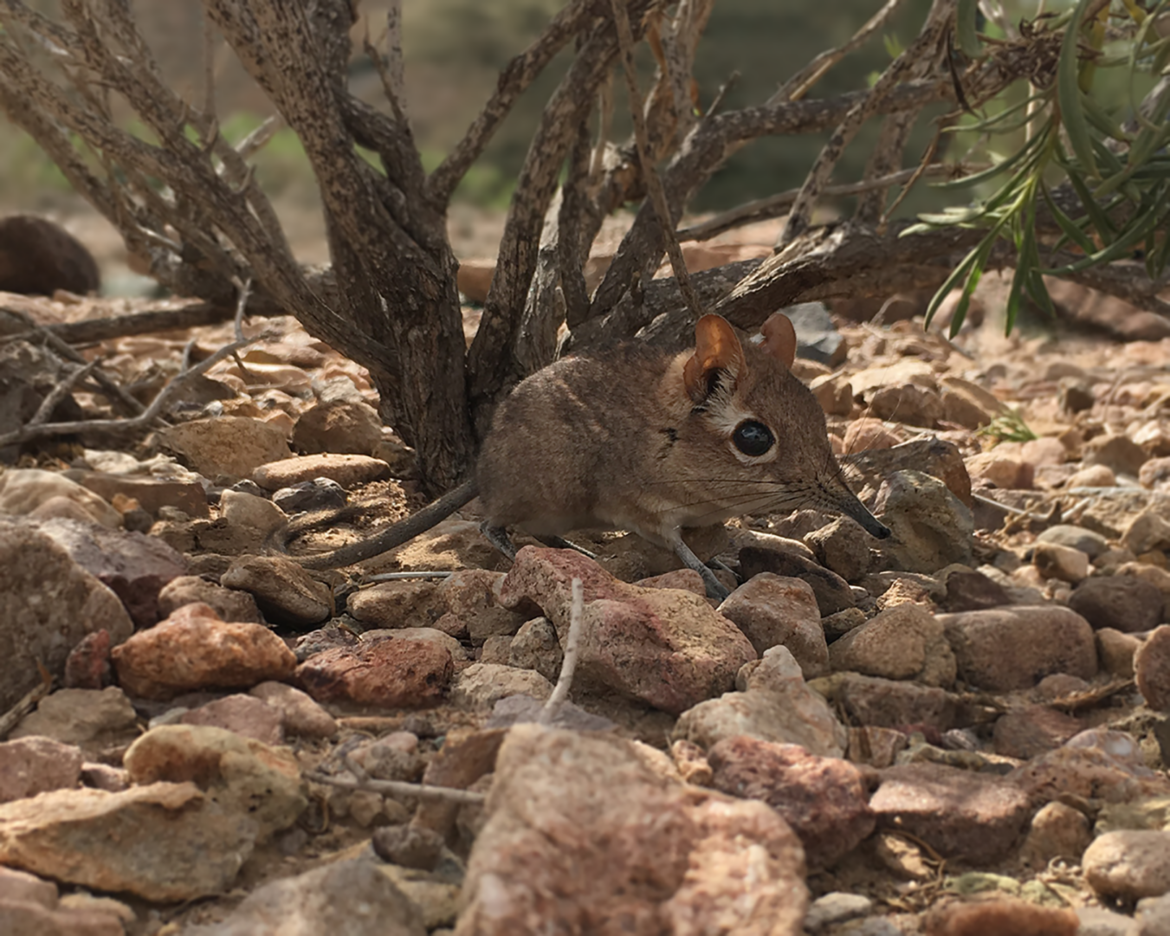Is it missing if you’re not looking?
It turns out if something of scientific or historical significance is deemed missing it doesn’t hurt to ask the locals. Such was the case with the legendary missing shipwrecks of the Franklin Expedition that took local knowledge held by the Inuit to locate. While absent for a considerably shorter time, the so-called “Elephant shrew”, better described as Somali Sengi (Galegeeska revoilii), has been missing in the scientific record since the early 1970s, though it’s been recently documented by scientists with the help of Djiboutian locals, according to new research published in PeerJ.
The creatures have a distinctive appearance consisting of a “spectacled facial pattern” (a light ring around the eye) and a “relatively long tail hair that forms a tuft at the tail’s tip”. These features–paired with particular dental features such as the absence of third molars–help distinguish the animal from other small species resembling rodents.
Sengis in general are insectivores native to the African continent and “the sengi lineage is most closely related to tenrecs, golden-moles, and aardvarks”. They’re said to be able to sprint a mere hour after birth.
Prior to this research, only 39 samples of Somali Sengi had been vouchered, or preserved and maintained for scientific reference, with a near 50 year absence in the scientific literature. Of those 39 specimens, “all but one of these individuals inhabited the northern branch or horn of Somalia…and most occurrence localities are less than 150 km from the Gulf of Aden shoreline.”

The new research captured specimens outside the expected range in neighbouring Djibouti, extending the range of the creature in the literature. In interviews with locals, the researchers heard the species isn’t all that rare, and widespread among the rocky outcrops throughout the country. Sparse vegetation is found in their likely habitats.
The rupicolous (living among the rocks) habitat likely bodes well for the Somali Sengi. The researchers posit that typical threats to species, such as the expansion of agriculture, are unlikely given the nature of the countryside and its overall lack of water. Further, the Djibouti people don’t seem to hunt the creatures, or otherwise attempt to eliminate them, meaning human interference isn’t a concern either.
The future looks to be stable, if nothing else, for the Somali Sengi, even if they were ignored for half a century.
What’s that mean?
There’s a ton of words to describe the status of animals. Whether they’re extinct or extant, or somewhere in between, we’ve got you covered. The language of the IUCN, or International Union for Conservation of Nature, is often used, though each country may have its own distinctive terms as well. National Geographic has a wonderful primer on how we determine the classifications of species, particularly in the United states.
Extant: Applies to anything that exists; if there’s lots of something, like cows outside our office, not only are they extant, but the IUCN describes them as “least concern”.
Threatened / vulnerable: Animals that are at high risk of extinction in the wild are classified as vulnerable (or potentially near vulnerable). Declining population numbers (or estimates of decline) and fragmented habitats (broken up by human processes such as agriculture) are the main causes for such a designation.
Endangered: In this category, species are nearly wiped out, exceeding the specific requirements for being ‘vulnerable’ by having exceptionally small numbers (under 250), being unlikely to exist after 20 years or five generations (whichever is longer, but not exceeding a century), and a comparatively tiny range that is highly fragmented by human activity. Critically endangered species are about to become another category: creatures that are “extinct in the wild” are the most severe form of endangerment, species that only exist in human captivity, or in controlled groups outside their expected range.
Extirpated: This isn’t an official classification but animals that are completely removed from a particular region sometimes get this designation; think the slaughter of beavers in Europe to make beaver pelt hats.
Extinct: There’s no more of a particular species and “when there is no reasonable doubt that the last individual has died”.
Animals like Somali Sengi can exist in a unique category as well–Data Deficient–meaning there’s not enough info on them to be sure of where they belong. The authors of the study hope to move them to a descriptor of “least concern”.
Top image: Stephen Heritage, doi.org/10.7717/peerj.9652/fig-1
